#Climate Crisis
Text
Hey, happy Earth Day! Who wants to talk about climate change?
Yeah, okay, fair, I kinda figured the answer to that would be "ugh do we have to?" What if I told you I have good news though? Good news with caveats, but still good news.
What if I told you that since the Paris Agreement in 2015, we've avoided a whole degree celsius of global warming by 2100, or maybe more?

Current projections are 2.7C, which is way better than the 3-5C (with a median of 3.7C) we were expecting in 2015. It's not where we want to be - 1.5C - but it is big, noticeable progress!
And it's not like we either hit 1.5C and avoid all the big scary consequences or fail to hit 1.5C and get all of them - every tenth of a degree of warming we avoid is going to prevent more severe problems like extreme weather, sea level rise, etc.
This means that climate change mitigation efforts are having a noticeable impact! This means a dramatically better, safer future - and if we keep pushing, we could lower the amount of global warming we end up with even further. This is huge progress, and we need to celebrate it, even though the fight isn't over.
It's working. Keep going.
#hylian rambles#climate change#climate crisis#environmental issues#global warming#hope#hope for the future#hope for the planet#earth day
3K notes
·
View notes
Text
(lot of big frog wins)
For the first time in five years, northern corroboree frogs have been spotted in Namadgi National Park by ACT government ecologists.
The species is listed as critically endangered and the government has been attempting to restore their population in the park for more than a decade.
Ecologists have been releasing frogs and eggs into the park as part of a breeding program, but they had not been spotted in the wild since 2019.
This year, 16 male frogs were identified at the Ginini Flats Wetlands site and a further 21 frogs were counted at a lower elevation site in the park. "Having not seen these frogs in the wild since 2019, we were beginning to think all hope was lost, and that the species was close to extinction," Environment Minister Rebecca Vassarotti said.
She told ABC Radio Canberra the frogs were under pressure due to many issues including climate change, habitat loss and the invasive chytrid fungus.
That deadly fungus affects the frogs' skin and stops them from being able to take in water and important salts.
Ms Vassarotti said ecologists had been experimenting with the breeding program and releasing frogs in different areas to see if they could make a difference.
"We've been ... releasing eggs in some other areas in Namadgi, where they hadn't previously been seen," she explained.
"These were at slightly lower elevations. And the reason we were doing that is that they were elevations where there wasn't such an impact of this awful fungus."Ms Vassarotti said this was an "exciting" development but acknowledged there was more work to be done through the breeding program.
"Australia is the extinction capital of the world," Ms Vassarotti said in a statement.
"Way too often, climate change and human impact on the environment has resulted in us losing unique species permanently as they become extinct.
"I've been heartbroken to have to continue to list species as close to extinction.
"The identification of new northern corroboree frogs across a range of sites restores my confidence that we can save this incredible frog that is so unique to our region."
#good news#frogs#environmentalism#science#environment#nature#animals#australia#endangered species#conservation#climate change#climate crisis#parks
53 notes
·
View notes
Text

A.2.4 Are anarchists in favour of “absolute” liberty?
No. Anarchists do not believe that everyone should be able to “do whatever they like,” because some actions invariably involve the denial of the liberty of others.
For example, anarchists do not support the “freedom” to rape, to exploit, or to coerce others. Neither do we tolerate authority. On the contrary, since authority is a threat to liberty, equality, and solidarity (not to mention human dignity), anarchists recognise the need to resist and overthrow it.
The exercise of authority is not freedom. No one has a “right” to rule others. As Malatesta points out, anarchism supports “freedom for everybody … with the only limit of the equal freedom for others; which does not mean … that we recognise, and wish to respect, the ‘freedom’ to exploit, to oppress, to command, which is oppression and certainly not freedom.” [Errico Malatesta: His Life and Ideas, p. 53]
In a capitalist society, resistance to all forms of hierarchical authority is the mark of a free person — be it private (the boss) or public (the state). As Henry David Thoreau pointed out in his essay on “Civil Disobedience” (1847)
“Disobedience is the true foundation of liberty. The obedient must be slaves.”
#faq#anarchy faq#revolution#anarchism#daily posts#communism#anti capitalist#anti capitalism#late stage capitalism#organization#grassroots#grass roots#anarchists#libraries#leftism#social issues#economy#economics#climate change#climate crisis#climate#ecology#anarchy works#environmentalism#environment#solarpunk#anti colonialism#mutual aid#cops#police
38 notes
·
View notes
Text
About Blowing Up Pipelines
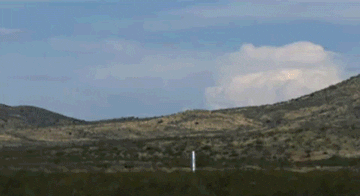
A while ago I saw a post about fossil fuels, under which someone posted: "What are you waiting for? Let's blow up the pipelines!" Which is very fair. But someone else came to post under it: "No! Think of the environmental harm! You need to go vote!"
And, let's be honest here: It is very likely that neither of them have actually read the book that the "blow up a pipeline" wording comes from. How to Blow up a Pipeline by Andreas Malm. Which in its core argues that sabotage is good, because voting doesn't do shit.
Now, don't get me wrong. There is a ton of important elections coming up - especially in the US, but soon in Germany as well. And you need to go vote to prevent another Trump presedency! However: There is nobody you can vote for, who will actually stop pipelines from being build, who will actually limit the size of cars folks drive, and who will actually put pressure on natural gas, coal and what not. Heck, even in the best case that on a local level there might be some who want to build out bike lanes and public transport... Those changes often take too long to bring them through during one term and if someone else is in charge next term, chances are, the projects will be cancelled.
So, basically what Malm argues in his book: Voting will not change those things, partly because of lobbyism. Protests will be ignored, partly because politicians care more about the lobbyists. Same goes with petitions. So, the usual ways that technically a democracy will leave for people to engage and influence politics do not work.
But, so Malm says, sabotage does.
Now, he does actually not directly argue for literally blowing up pipelines. But he is arguing for sabotage. He notes: "If just a few people with their keys run through a city during the night and scratch up all the SUVs, a lot fewer people will on the long term use SUVs." He even talks about something like this that he participated in in Sweden and what effects it had.
And yes, he does give ideas of how to deal with pipelines in ways that will do a lot of financial damage, which makes pipelines and hence fossil fuels a lot less attractive to energy providers. Because they are going to need to pay for all that damage.
Even with smaller sabotage... yes, there will be some environmental damage. But try to think of it this way: If enough folks do this, if there is enough damage done on the pipelines (and other forms of creating and transporting fossil fuels), then less of them will be build, will be used. And given that those pipelines and other fossil fuels will leak into the environment either way, and over time will do a lot more damage than a few cases of sabotage will do.
And I really gotta say: Yeah, no, I do agree with Malm. On all the fronts.
So, please... The book is actually super short. Just go an read it, alright?
#environmentalism#environment#pollution#fossil fuels#climate crisis#going green#how to blow up a pipeline#andreas malm#solarpunk#lunarpunk#anarchism
17 notes
·
View notes
Text
#thanks joe#vote blue#vote democrat#vote biden#climate action#democrats#environmental protection#vote blue 2024#young voters#democracy#social democracy#climate change#democratic socialism#democrats now socialism later#climate crisis#vote blue to save democracy#green new deal
19 notes
·
View notes
Text

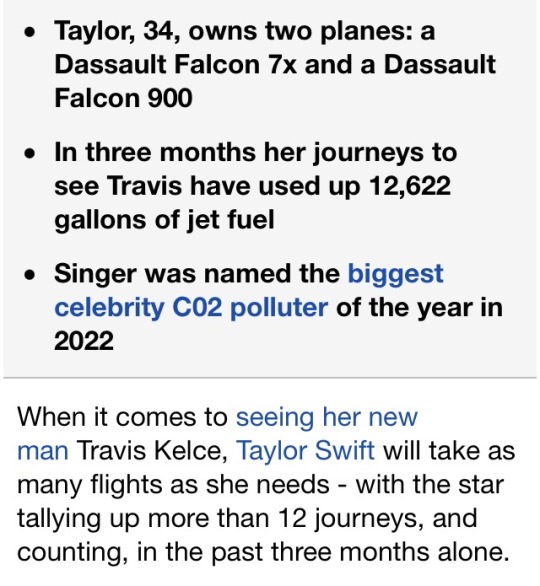







imagine being that fucking rich and that fucking careless.
#anti taylor swift#taylor swift is a climate criminal#taypollution#carbon emissions#co2#the goth punk billionaire#climate change#climate crisis
36K notes
·
View notes
Text
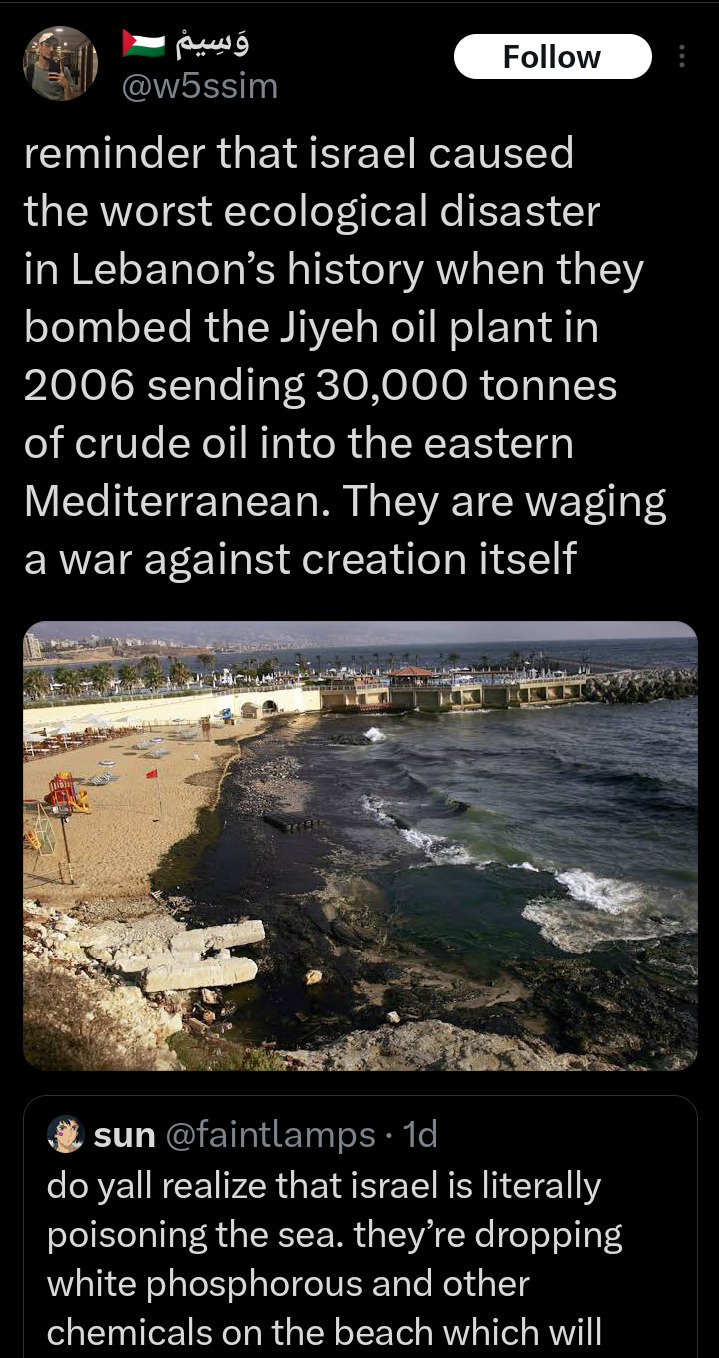



41K notes
·
View notes
Text
The study, published in Ecology and Evolution, explores forests that experience "cold-air pooling," a phenomenon where cold air at higher elevations drains down into lower-lying valleys, reversing the expected temperatures—warm at the bottom, cold at the top—that typically occurs in mountainous areas. That is, the air temperature drops with descent from mountain to valley.
"With temperature inversions, we also see vegetation inversions," says lead study author and former UVM postdoctoral researcher Melissa Pastore. "Instead of finding more cold-preferring species like spruce and fir at high elevations, we found them in lower elevations—just the opposite of what we expect."
And the effect on these ecosystems is substantial: "This cold-air pooling is fundamentally structuring the forest," says study co-author and UVM professor Carol Adair.
This insight "can help forest managers prioritize and protect areas with frequent and strong cold-air pooling to preserve cold-loving species as the climate warms," says Adair.
The researchers looked at three forested sites in New England, ranging from the shallow, crater-like Nulhegan Basin of Vermont's Northeast Kingdom, to the higher peaks and deeper valleys of the Green Mountains, over two years. They collected data on the types of trees present across elevation transects and monitored temperature hourly.
The researchers found that, far from being the occasional nighttime, seasonal phenomenon it's historically been thought to be, cold-air pooling happens frequently, year-round, well into daylight hours, Adair says. The phenomenon occurred at every site they studied, but was strongest at the site with the shallowest elevation change.
Refuge in a changing climate
Locations experiencing this phenomenon might prove essential to conservation efforts aimed at preserving cold-adapted species, even as the larger climate warms, Pastore notes. "These cold-air-pooling areas could be valuable targets for small areas that provide a refuge from climate change; they're areas that might be buffered from, or even decoupled from, climate change, and they're harboring cold-adapted species that we know are vulnerable."
She adds that conserving such locations may provide enough time for species to adapt to climate change by either migrating, or by mixing genes with neighbors to assume traits needed for survival in a hotter world.
In this way, Pastore says, "These pockets of cold habitat can act as steppingstones for some species—can buy them that time."
Conserving such locations may have practical applications, as well, says Adair, "including carbon storage and small-scale recreational opportunities," adding that cold-loving coniferous tree communities tend to store more carbon than deciduous trees, and forest soils may also hold onto moisture longer—important during periods of extreme rain.
Cold-air pooling has been historically and anecdotally observed elsewhere, Adair says, but this study is the first to quantify it to this degree across many sites beneath the forest canopy, and more research is planned to explore its temporal and geographic extent.
Cold-air pooling is not a panacea, Pastore warns. These forests are "still going to warm—I definitely don't want to say these are complete safe havens, because climate change will happen there, too—but it might be slower, and maybe species that might otherwise disappear in a warmer climate will remain longer in these locations."
The research is highly relevant in a changing climate, as ecologists seek to model what may happen to species that require cold conditions. "If you don't have this process in your model," Adair says, "you're going to miss that there are these areas where cold-loving species can persist and are persisting."
The work has been a hopeful change of pace, Adair says. "I'm excited about the fact that this is good news, in a way. These areas can help cold-adapted species persist." She adds, "A lot of my research is telling people why bad things are happening, so this is nice. It's not all good news, but it's some good news. These places exist. We can use them. They're important. They're clearly structuring forests."
#good news#global climate change#climate crisis#environmentalism#science#environment#forests#climate resilience#nature#conservation#climate change#animals#cold forests#climate change adaptation#climate change resiliency
15 notes
·
View notes
Text
No paywall version here.
"Two and a half years ago, when I was asked to help write the most authoritative report on climate change in the United States, I hesitated...
In the end, I said yes, but reluctantly. Frankly, I was sick of admonishing people about how bad things could get. Scientists have raised the alarm over and over again, and still the temperature rises. Extreme events like heat waves, floods and droughts are becoming more severe and frequent, exactly as we predicted they would. We were proved right. It didn’t seem to matter.
Our report, which was released on Tuesday, contains more dire warnings. There are plenty of new reasons for despair. Thanks to recent scientific advances, we can now link climate change to specific extreme weather disasters, and we have a better understanding of how the feedback loops in the climate system can make warming even worse. We can also now more confidently forecast catastrophic outcomes if global emissions continue on their current trajectory.
But to me, the most surprising new finding in the Fifth National Climate Assessment is this: There has been genuine progress, too.
I’m used to mind-boggling numbers, and there are many of them in this report. Human beings have put about 1.6 trillion tons of carbon in the atmosphere since the Industrial Revolution — more than the weight of every living thing on Earth combined. But as we wrote the report, I learned other, even more mind-boggling numbers. In the last decade, the cost of wind energy has declined by 70 percent and solar has declined 90 percent. Renewables now make up 80 percent of new electricity generation capacity. Our country’s greenhouse gas emissions are falling, even as our G.D.P. and population grow.
In the report, we were tasked with projecting future climate change. We showed what the United States would look like if the world warms by 2 degrees Celsius. It wasn’t a pretty picture: more heat waves, more uncomfortably hot nights, more downpours, more droughts. If greenhouse emissions continue to rise, we could reach that point in the next couple of decades. If they fall a little, maybe we can stave it off until the middle of the century. But our findings also offered a glimmer of hope: If emissions fall dramatically, as the report suggested they could, we may never reach 2 degrees Celsius at all.
For the first time in my career, I felt something strange: optimism.
And that simple realization was enough to convince me that releasing yet another climate report was worthwhile.
Something has changed in the United States, and not just the climate. State, local and tribal governments all around the country have begun to take action. Some politicians now actually campaign on climate change, instead of ignoring or lying about it. Congress passed federal climate legislation — something I’d long regarded as impossible — in 2022 as we turned in the first draft.
[Note: She's talking about the Inflation Reduction Act and the Infrastructure Act, which despite the names were the two biggest climate packages passed in US history. And their passage in mid 2022 was a big turning point: that's when, for the first time in decades, a lot of scientists started looking at the numbers - esp the ones that would come from the IRA's funding - and said "Wait, holy shit, we have an actual chance."]
And while the report stresses the urgency of limiting warming to prevent terrible risks, it has a new message, too: We can do this. We now know how to make the dramatic emissions cuts we’d need to limit warming, and it’s very possible to do this in a way that’s sustainable, healthy and fair.
The conversation has moved on, and the role of scientists has changed. We’re not just warning of danger anymore. We’re showing the way to safety.
I was wrong about those previous reports: They did matter, after all. While climate scientists were warning the world of disaster, a small army of scientists, engineers, policymakers and others were getting to work. These first responders have helped move us toward our climate goals. Our warnings did their job.
To limit global warming, we need many more people to get on board... We need to reach those who haven’t yet been moved by our warnings. I’m not talking about the fossil fuel industry here; nor do I particularly care about winning over the small but noisy group of committed climate deniers. But I believe we can reach the many people whose eyes glaze over when they hear yet another dire warning or see another report like the one we just published.
The reason is that now, we have a better story to tell. The evidence is clear: Responding to climate change will not only create a better world for our children and grandchildren, but it will also make the world better for us right now.
Eliminating the sources of greenhouse gas emissions will make our air and water cleaner, our economy stronger and our quality of life better. It could save hundreds of thousands or even millions of lives across the country through air quality benefits alone. Using land more wisely can both limit climate change and protect biodiversity. Climate change most strongly affects communities that get a raw deal in our society: people with low incomes, people of color, children and the elderly. And climate action can be an opportunity to redress legacies of racism, neglect and injustice.
I could still tell you scary stories about a future ravaged by climate change, and they’d be true, at least on the trajectory we’re currently on. But it’s also true that we have a once-in-human-history chance not only to prevent the worst effects but also to make the world better right now. It would be a shame to squander this opportunity. So I don’t just want to talk about the problems anymore. I want to talk about the solutions. Consider this your last warning from me."
-via New York Times. Opinion essay by leading climate scientist Kate Marvel. November 18, 2023.
#WE CAN DO THIS#I SO TRULY BELIEVE THAT WE CAN DO THIS#WE CAN SAVE OURSELVES AND THE WORLD ALONG WITH US#climate crisis#united states#climate change#conservation#hope posting#sustainability#climate news#climate action#climate emergency#fossil fuels#global warming#environmentalism#climate hope#solarpunk#climate optimism#climate policy#earth#science#climate science#meteorology#extreme weather#renewable energy#solar power#wind power#renewables#carbon emissions#climate justice
33K notes
·
View notes
Text
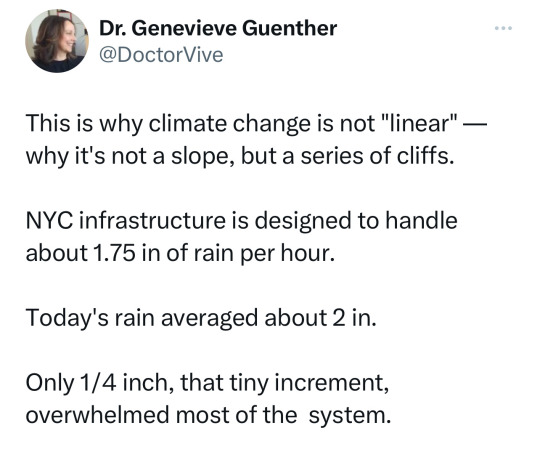

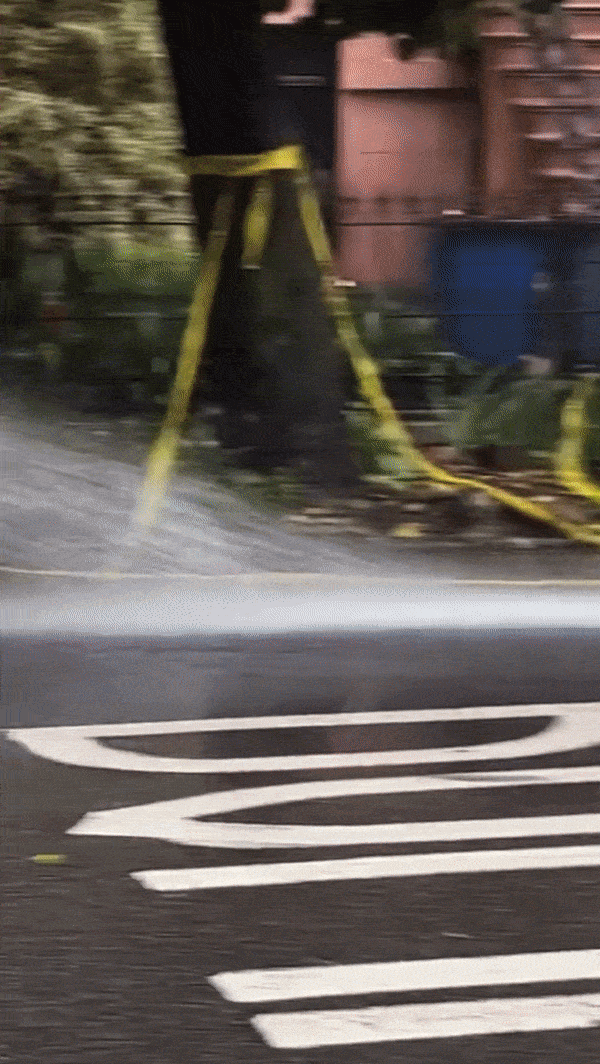
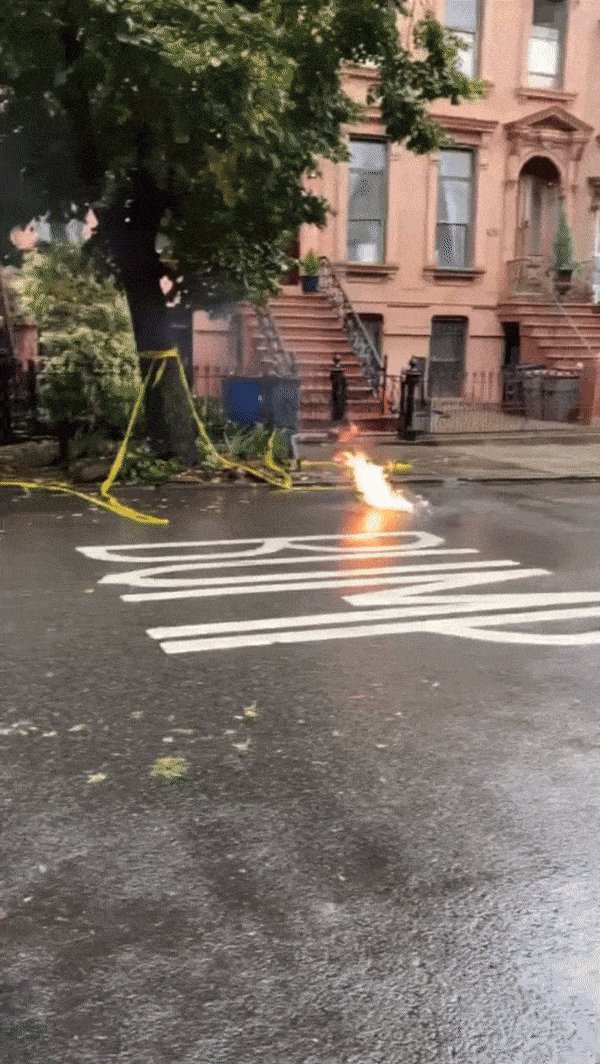



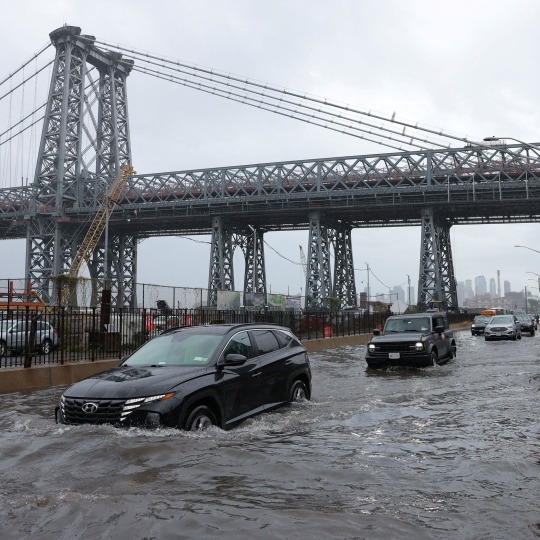
Nothing to see here, just fire + floods + climate change
#politics#climate change#climate crisis#global warming#nyc#nyc flooding#nyc floods#climate collapse#civil engineering
29K notes
·
View notes
Text
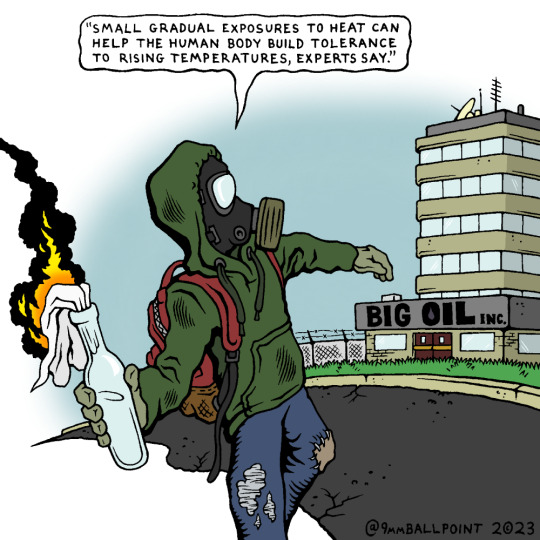
PS: for entertainment purposes only, of course
PPS: actual Washington Post quote
25K notes
·
View notes
Text

DR ADAM LEVY ClimateAdam
ROSEMARY MOSCO
#comic#climate change#climate science#climate action#climate crisis#doom scroll break#radical optimism#hope is a radical act
26K notes
·
View notes
Text

"No climate justice on occupied land"
#feminist#social justice#free palestine#settler violence#settler colonialism#genocide#climate justice#climate action#climate crisis#climate change#greta thunberg#europe#politics#the hague#netherlands#global news
16K notes
·
View notes
Text
More about the project:
Credit for the tik tok:
#Arizona#Gila River Indian Community#tiktok#archived#clean energy#climate change#climate justice#climate crisis#solarpunk#undescribed
13K notes
·
View notes
Text
"A century of gradual reforestation across the American East and Southeast has kept the region cooler than it otherwise would have become, a new study shows.
The pioneering study of progress shows how the last 25 years of accelerated reforestation around the world might significantly pay off in the second half of the 21st century.
Using a variety of calculative methods and estimations based on satellite and temperature data from weather stations, the authors determined that forests in the eastern United States cool the land surface by 1.8 – 3.6°F annually compared to nearby grasslands and croplands, with the strongest effect seen in summer, when cooling amounts to 3.6 – 9°F.
The younger the forest, the more this cooling effect was detected, with forest trees between 20 and 40 years old offering the coolest temperatures underneath.
“The reforestation has been remarkable and we have shown this has translated into the surrounding air temperature,” Mallory Barnes, an environmental scientist at Indiana University who led the research, told The Guardian.
“Moving forward, we need to think about tree planting not just as a way to absorb carbon dioxide but also the cooling effects in adapting for climate change, to help cities be resilient against these very hot temperatures.”
The cooling of the land surface affected the air near ground level as well, with a stepwise reduction in heat linked to reductions in near-surface air temps.
“Analyses of historical land cover and air temperature trends showed that the cooling benefits of reforestation extend across the landscape,” the authors write. “Locations surrounded by reforestation were up to 1.8°F cooler than neighboring locations that did not undergo land cover change, and areas dominated by regrowing forests were associated with cooling temperature trends in much of the Eastern United States.”
By the 1930s, forest cover loss in the eastern states like the Carolinas and Mississippi had stopped, as the descendants of European settlers moved in greater and greater numbers into cities and marginal agricultural land was abandoned.
The Civilian Conservation Corps undertook large replanting efforts of forests that had been cleared, and this is believed to be what is causing the lower average temperatures observed in the study data.
However, the authors note that other causes, like more sophisticated crop irrigation and increases in airborne pollutants that block incoming sunlight, may have also contributed to the lowering of temperatures over time. They also note that tree planting might not always produce this effect, such as in the boreal zone where increases in trees are linked with increases in humidity that way raise average temperatures."
-via Good News Network, February 20, 2024
#trees#forests#reforestation#tree planting#global warming#climate change#climate crisis#american south#the south#eastern us#southern usa#conservation#meteorology#global temperature#conservation news#climate news#environment#hope#good news#hope posting#climate action#climate science#climate catastrophe#climate hope
12K notes
·
View notes
Text
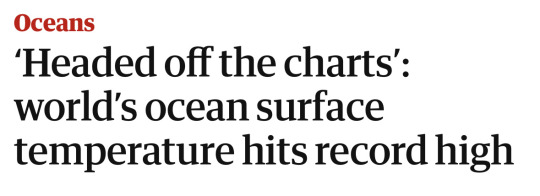
Source

Source

Source

Source

Source

Source
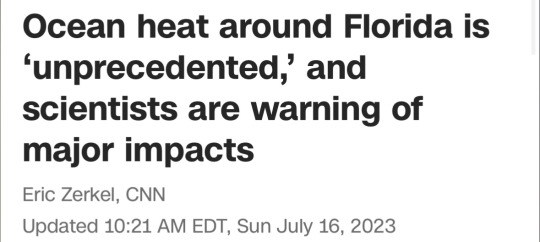
Source

Source
Nothing matters
#politics#us politics#government#current events#climate change#environmental justice#Barbie#barbenheimer#news#climate catastrophe#climate crisis#mass news media
9K notes
·
View notes